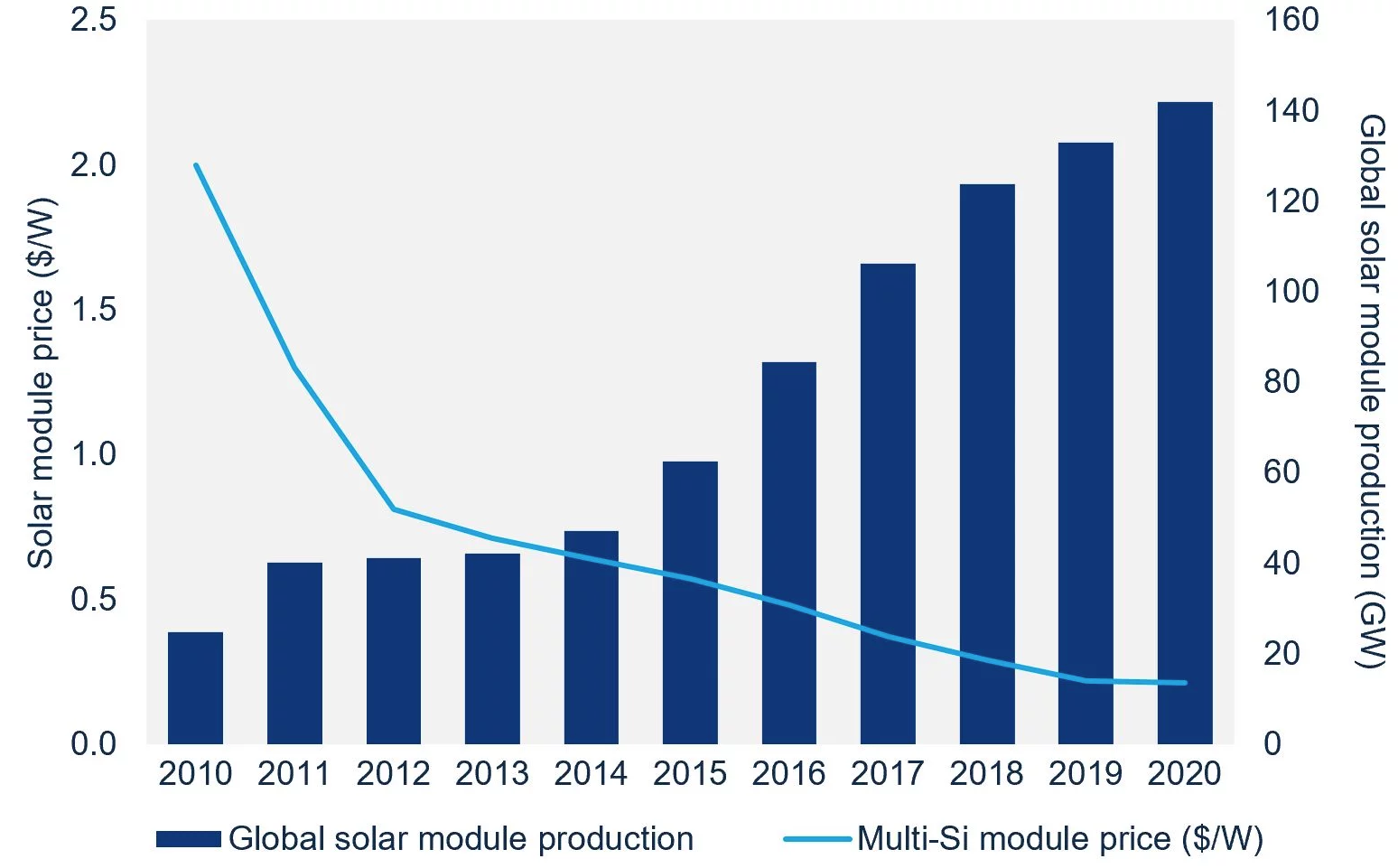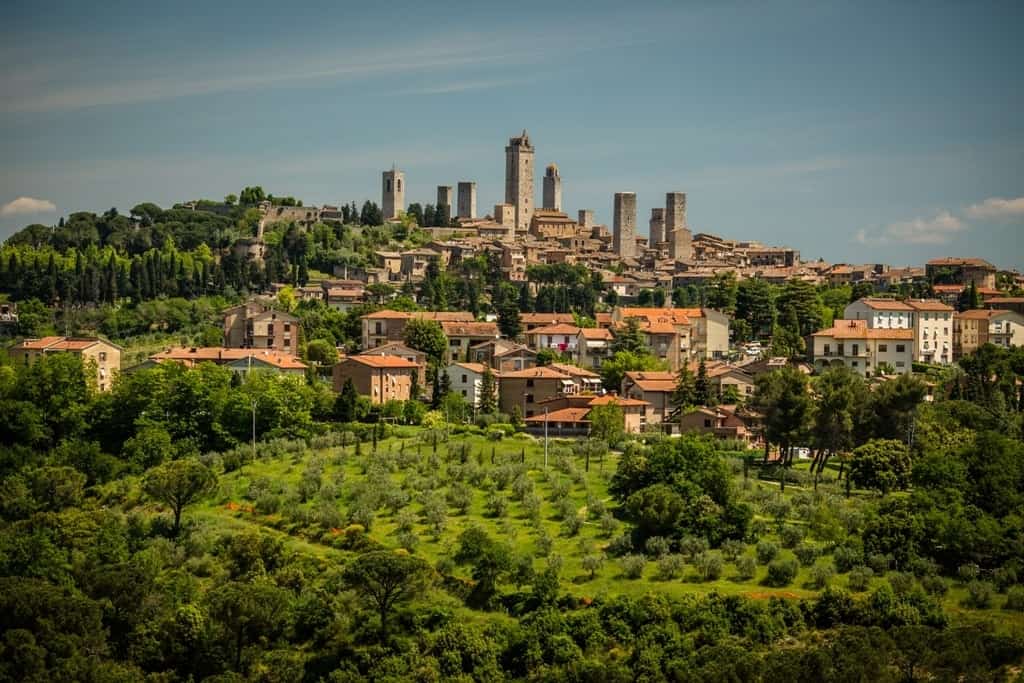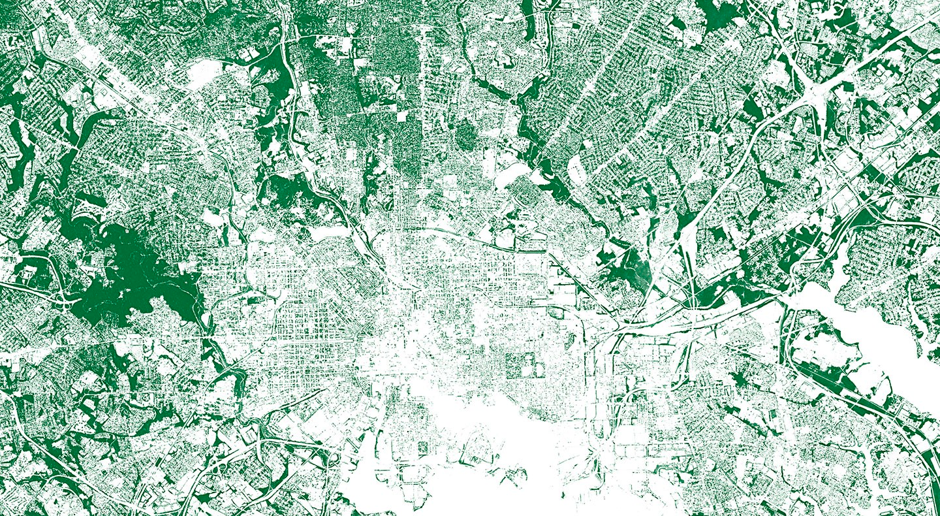New Cities: Geography
This is the first post in a series exploring what it would take to develop new human settlements (a.k.a cities) from scratch.
The first question when considering a new city is obviously where exactly we are going to settle. For the sake of this exercise, we’ll assume we’re going to stay within the continental United States. This section will explore the geographic location of our new city - we’ll discuss urban design: the inner spacial distribution, zoning and patterns of movement, in later sections.
Geographic independence
One of the supreme advantages of the late 21st century in terms of geographic settlements is going to be the availability of inexpensive energy generation & storage. Cheap power means the cost to transport goods and people will fall dramatically, which will expand our ability to establish new, productive & livable cities at frontier locations, far from any existing public infrastructure.

The obvious other considerations with regards to geography are resources, weather and terrain. Though not an absolute requirement, we would benefit from being close to rivers, lakes or the ocean as they would largely negate the need to build significant road infrastructure through town (and provide additional local fresh water and possible clean energy sources, more on these later).
Temperate climates would be net positive from an overall comfort perspective - though we also need to be considerate of any potential common natural disasters. We could consider geography as an aggregate scorecard of the following metrics:
Accessibility
Roads: We’re gonna need some way to approach the outer limits of our new settlement. So it’d be ideal if we can piggyback on some existing roads that pass through an unincorporated area. Railroads might also suffice if the routes permit passenger service trains.
Airports: Until our city gets big enough to warrant our own international airport, or until we see mass scale vertical-takeoff-and-landing aerial vehicles, we probably should attempt to stay within a few hundred kilometers of an airport.
Geological risks
We should consider any possible geological risk factors as we select our geography. Luckily, there’s a wealth of data to consider with the US Geological Survey. The natural hazards we’ll need to consider for the continental United States include: earthquakes, flooding & erosion, droughts, fires, hurricanes and volcanoes.
Defense considerations
If we’re assuming we’re incorporating within the boundaries of the continental US, then we’re protected domestically with our national defense and likely don’t have much additional need for defense from non-residents. I’m assuming we’ll want to keep the borders of our city open to all visitors, but this is a point for later discussion.
If we wanted to future-proof our city to ensure we could make it more defensible in the future, we might consider settling near the top of a hill. This would allow for fortification to inhibit invasion by permitting enhanced line-of-sight and ringed walls surrounding our city. This type of design emulates many early settlements throughout civilization, especially the medieval settlements throughout europe, which are quite striking.
Of course, building walls hasn’t generally the best way to ensure a harmonious society. Perhaps we should play the optimist when considering the geographic design of our new city and hope that we will not be invaded - though history might prove this assumption is foolish. Additionally, if we assume the cost of operating aerial vehicles will be decreasing rapidy in the coming decades, walls might not have considerable effect in the near future on any attacks.
Geographic considerations for defense aside, we should certainly have our own police force to ensure public safety, and will be discussing this in depth in a later section.

Proximity to resources
Energy considerations
- Solar output
- Wind, hydro electric, tidal, nuclear
Climate
Vegetation / Arable land
Soil quality
Minerals
Time zone
- proximity to major economies
